
INDIA’S MILITARY DIPLOMACY TAKES WINGS

India is at centre stage of the world as it grows to become the fifth largest economy. In every country’s history there comes a time of reckoning when it gets catapulted as a major power centre and therefore, we can say “India’s time has come”. It is also largely understood that a Comprehensive National Power of a nation largely rests upon three important pillars viz, Military, Economy and Diplomacy. The Military and Diplomacy relationship is not very well assimilated and defined by many because it is generally felt that military is all about hard power. This presumption is fast changing in the ever-complex geo-politics of today as we see nations are constantly projecting military power as a form of diplomacy to bring about peace in otherwise turbulent times.
Military’s Diplomatic Tryst
The military apart from being a part of the structure of diplomatic missions abroad such as Embassies and Consulates, also gets involved in military exercises and training with foreign nations in land, air as well as in the sea. The United Nation Missions for peace keeping and peace making also lend an opportunity to armed forces personnel to interact with armed forces of other nations both at the diplomatic and military levels. Another important facet is military aid to nations as well as import and export of arms hardware which binds and cements trust between nations.
Military Diplomacy as a Concept

The geo-political scenario today is largely disturbed. We have major wars raging in the Middle-East, Eurasia, Africa and many other regions. It goes without saying that waging or fighting a war is a very expensive way to settle differences which, other than the nations in conflict, also impact the entire world. This along with the other non-traditional threats like terrorism and climate change have forced nations to explore possibilities to look for collaborative mechanisms.
Therefore, we see that in today’s environment the nation states being compelled to form alliances, coordinate operations, work towards inter-operability and sharing of technology to gain a more pragmatic strategic outlook towards ensuring peace. Diplomacy largely consists of “state craft” and “foreign policy” synergised in a manner to further national interest of nations. It is also largely evident that due to prolonged peace, the country’s armed forces though in readiness to address any kind of threat both internal or external, also gets employed in numerous “short of war” situations as well as peace keeping missions to further the national foreign policy objectives of a nation. This is in essence the concept of “Military Diplomacy”.
India’s Overreach Towards Military Diplomacy
It was largely believed that countries like USA, Russia and China had the capacity to intervene in any crisis anywhere across the globe. This got facilitated by multi-lateral military alliances such as NATO, AUKUS, BRICS, SCO, ASEAN and some others. These countries also got into the act of deliverance of military aid as well as training and exercises with other armies of the world which manifested their national power and strategic thinking leading to domination in their spheres of influence.
In comparison India’s quest for such dominance kick started a bit late as its military diplomacy was always in a passive mode and the military eco-system within the nation, dormant. It was “Operation Cactus” which propelled India as a major power of reckoning in South Asia. Indian forces i.e. its parachute brigade and the Navy could thwart the attempted coup in Maldives on 2/3 November 1988. Further on in July/August 2006, while the war in Lebanon between Israel and Lebanon was on, the Indian Navy was tasked for the evacuation of around 2200 Indian, Sri Lankan and Nepalese nationals from the war zone in Beirut. Indian Navy diverted its Task Force 54, wherein INS Brahamputra, Betwa and fleet tanker Shakti successfully completed this operation nicknamed as, “Operation Sukoon”.

Thereafter in the year 2015, there was a war situation in Yemen and more than 5000 Indians were trapped there. The Indian Naval ship Sumatra as part of an anti-piracy patrol in the Gulf of Eden was diverted and the Indian Air Force pressed two C-17 Globemaster heavy lift transport aircraft. The evacuation effort called, “Operation Rahaat” was successfully completed. In June 2023, “Operation Ganga” was launched. The mission rescued over 22,000 stranded Indians, mostly students who were stuck in war-torn Ukraine. It is said to show the first-hand accounts of Indian students stuck in war-ravaged Ukraine, living in bunkers devoid of basic necessities, food and water, while their parents anxiously waited for their safe return to India. It also gives a sneak peek into the rare insight into the logistics of the operation and the Indian government’s remarkable efforts in order to create secure routes for stranded students.
Indian Military Diplomacy takes Wings
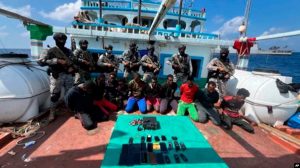
Presently, India has deployed at least a dozen warships east of the Red Sea to provide security against pirates and has investigated more than 250 vessels as Western powers focus on attacks by Yemen’s Iran-backed Houthis. India has not joined the U.S.-led task force for the Red Sea and does not have any warships there. It currently has two frontline warships in the Gulf of Aden and at least 10 warships in the northern and western Arabian Sea, along with surveillance aircraft. This is India’s largest deployment in the region. Foreign Minister Subrahmanyam Jaishankar said India’s growing capability, interests and reputation warranted its help in difficult situations. At least 17 incidents of hijacking, attempted hijacking and suspicious approaches had been recorded by the Indian Navy since Dec 2023. India has the largest presence amongst all nations in this region. Truly India’s military diplomacy has come of age.
Another area which has shown a remarkable change has been exports of arms to other countries. The Ministry of Defence marked a historic year in 2023, witnessing a surge in defence exports, reaching an unprecedented ₹16,000 crore in the financial year—almost ₹3,000 crore more than the preceding year. Concurrently, defence production crossed the monumental milestone of Rs. One lakh crore for the first time.
Conclusion
Today India has its naval presence in ten different regions of the world. As part of its national security strategy, India has always participated in defence cooperation with friendly foreign governments. Visits, contacts, exchanges, exercises, port calls, and training facilitation are all part of the process of establishing and maintaining confidence in the interests of mutual security. India has also embarked upon a plan to post Defence Attache in various Indian Missions in friendly nations and the focus will be on identifying the requirements of these countries and the region where the Indian weapon systems and platforms can be exported. India’s military exercises by the Army, Navy and Airforce with other nations has been on the upswing as evidently 48 such exercises have taken place in the last three years. It is therefore imperative that capability building be given due importance if India’s military diplomacy is to indeed take to its wings and soar into the skies.
Disclaimer
The opinions expressed in this article are the author’s own and do not reflect the views of Chanakya Forum. All information provided in this article including timeliness, completeness, accuracy, suitability or validity of information referenced therein, is the sole responsibility of the author. www.chanakyaforum.com does not assume any responsibility for the same.
Chanakya Forum is now on . Click here to join our channel (@ChanakyaForum) and stay updated with the latest headlines and articles.
Important
We work round the clock to bring you the finest articles and updates from around the world. There is a team that works tirelessly to ensure that you have a seamless reading experience. But all this costs money. Please support us so that we keep doing what we do best. Happy Reading
Support Us



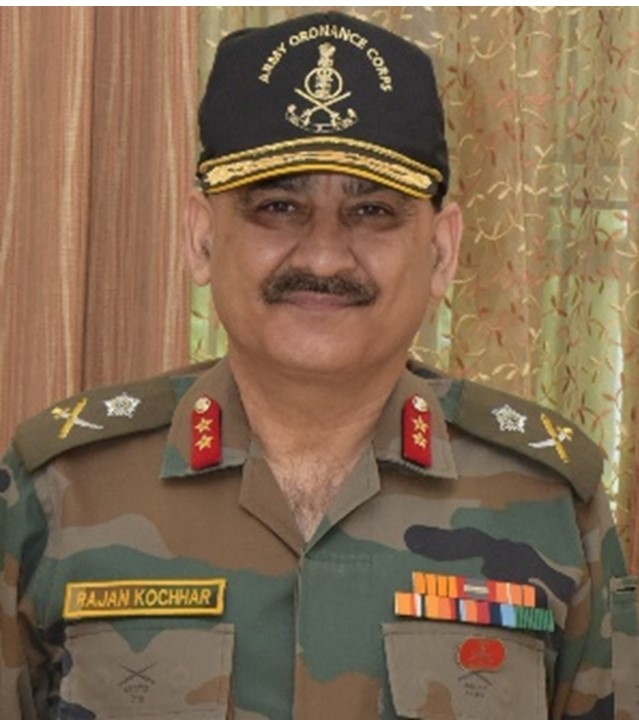


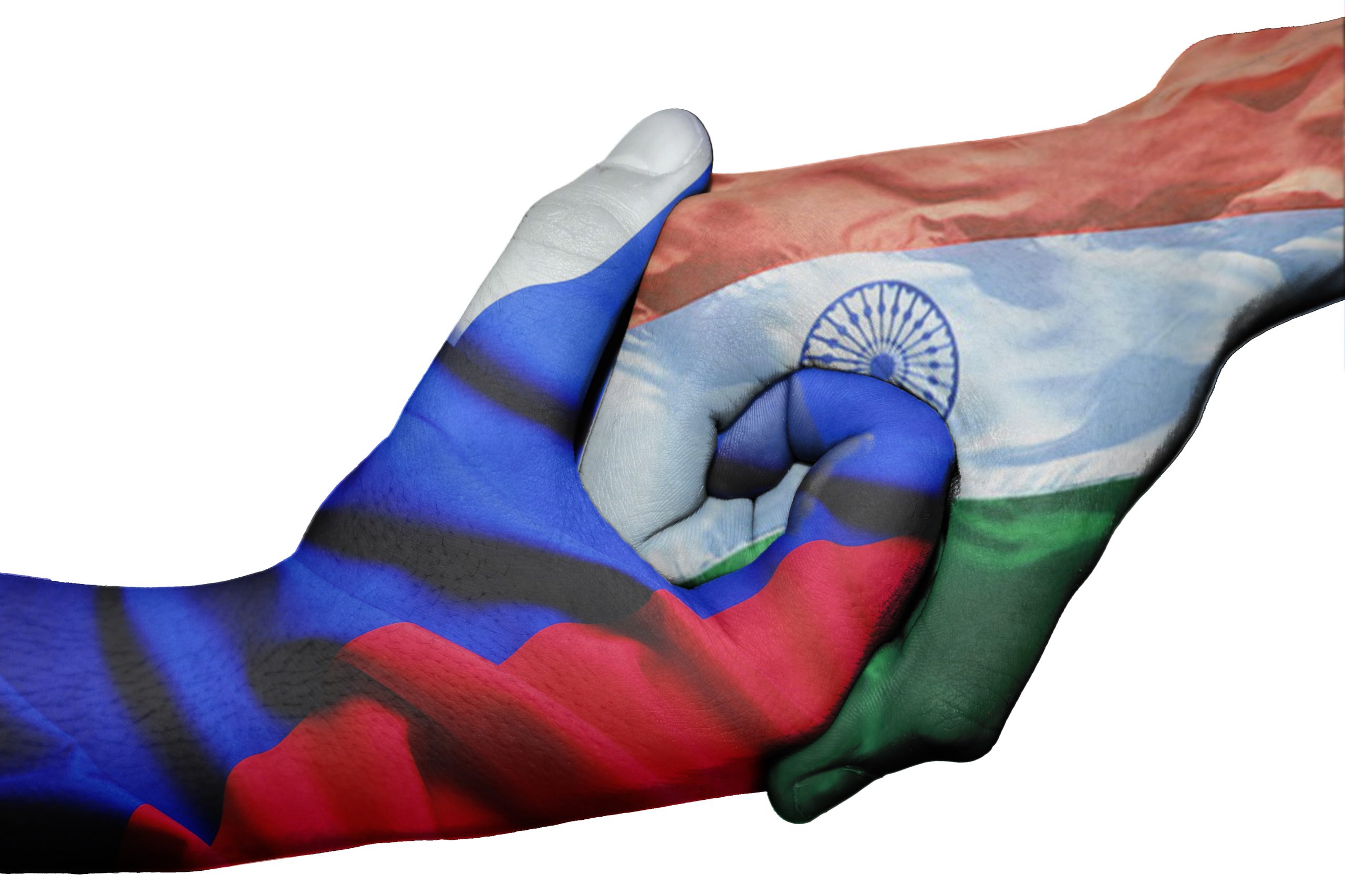
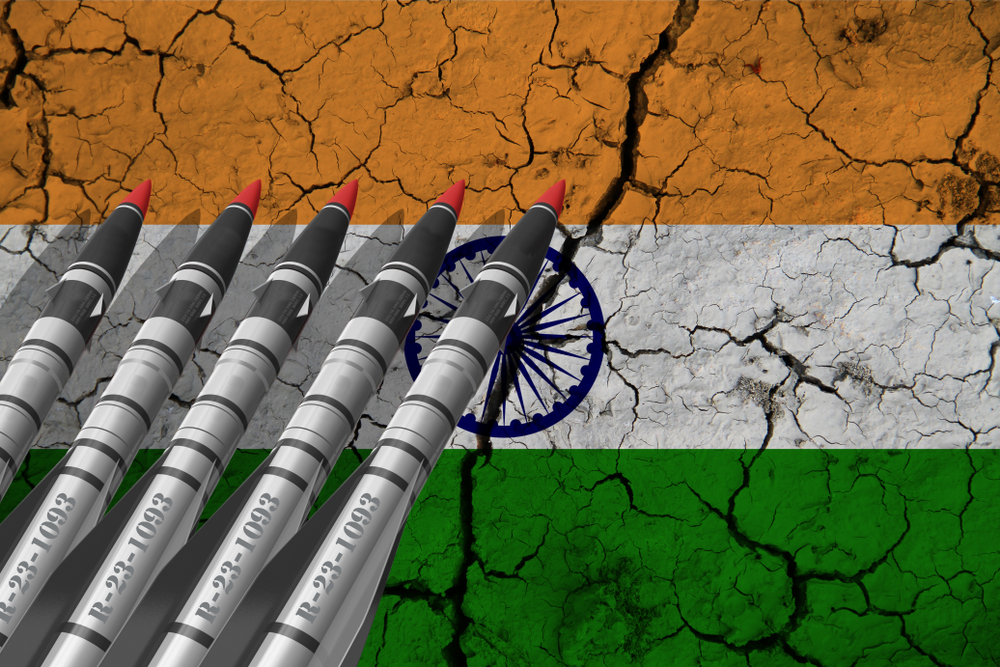

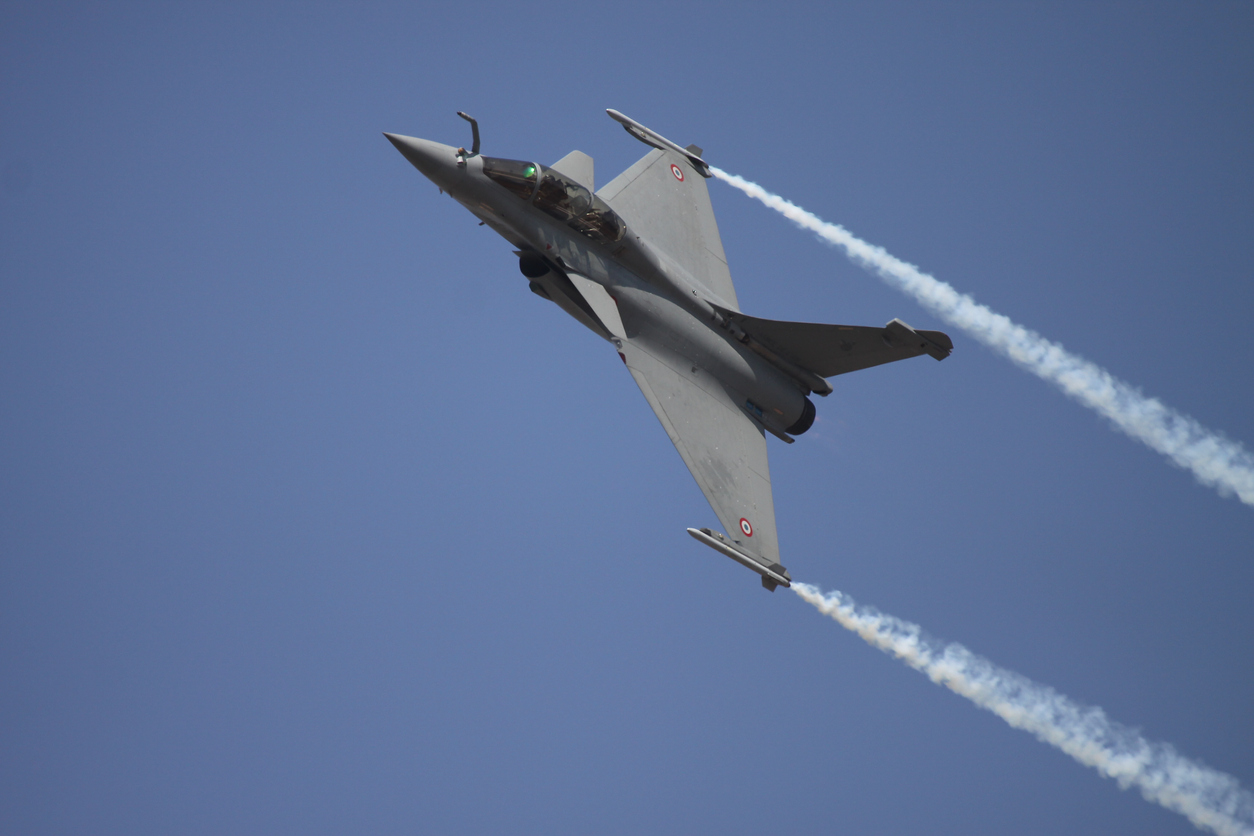
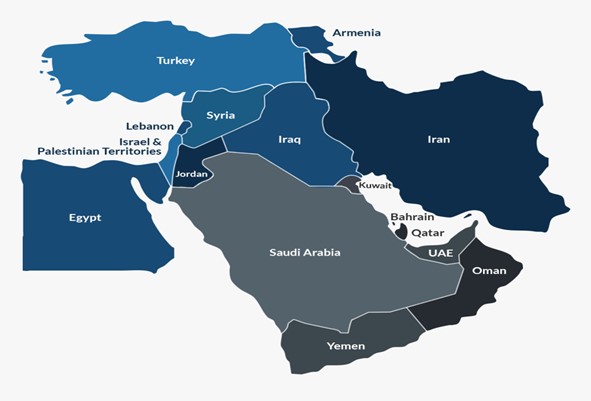

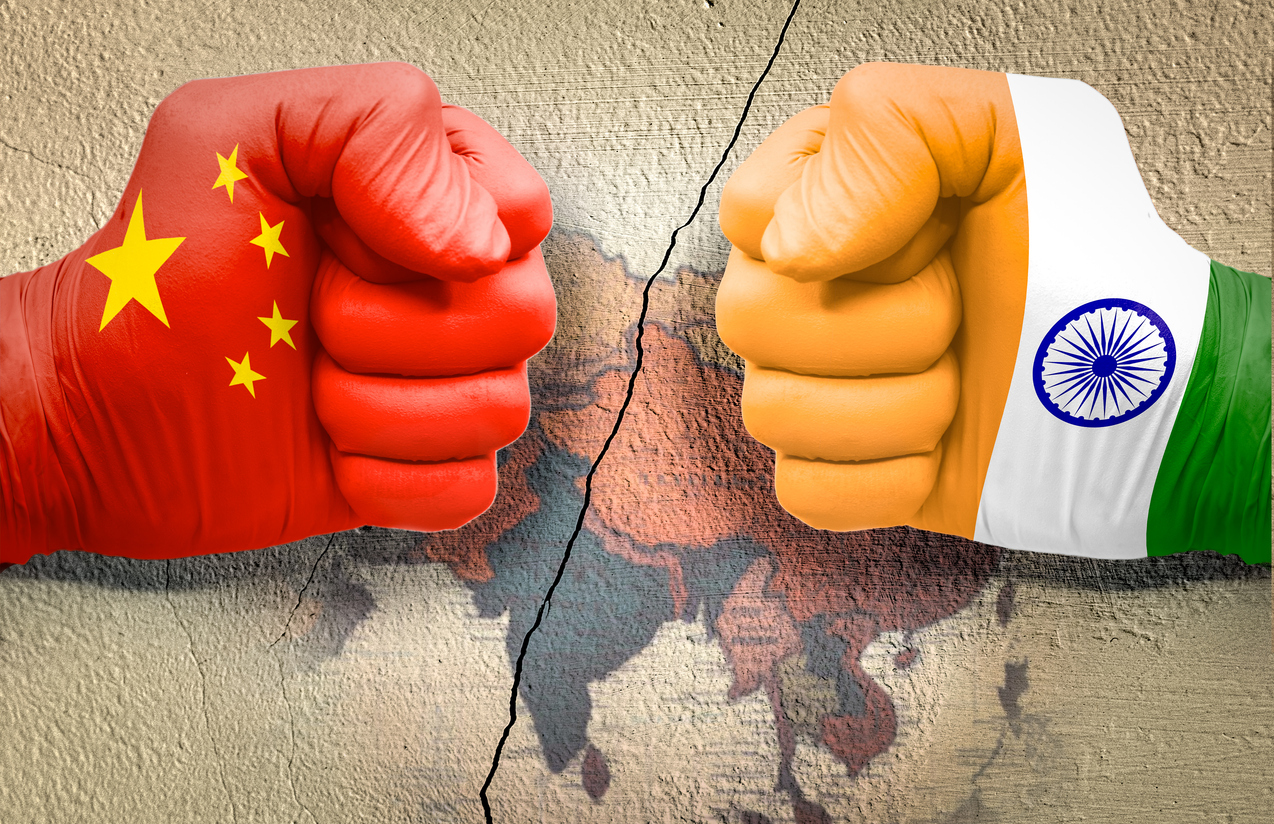
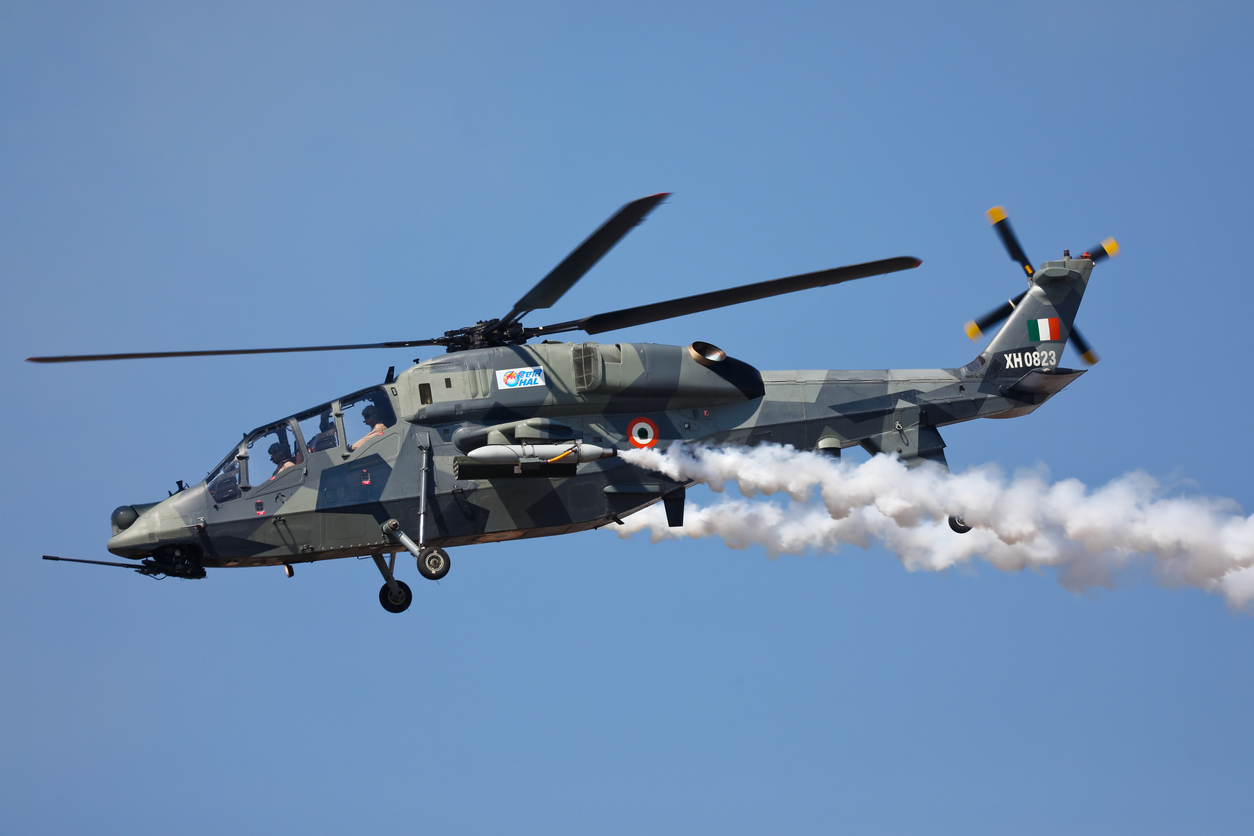
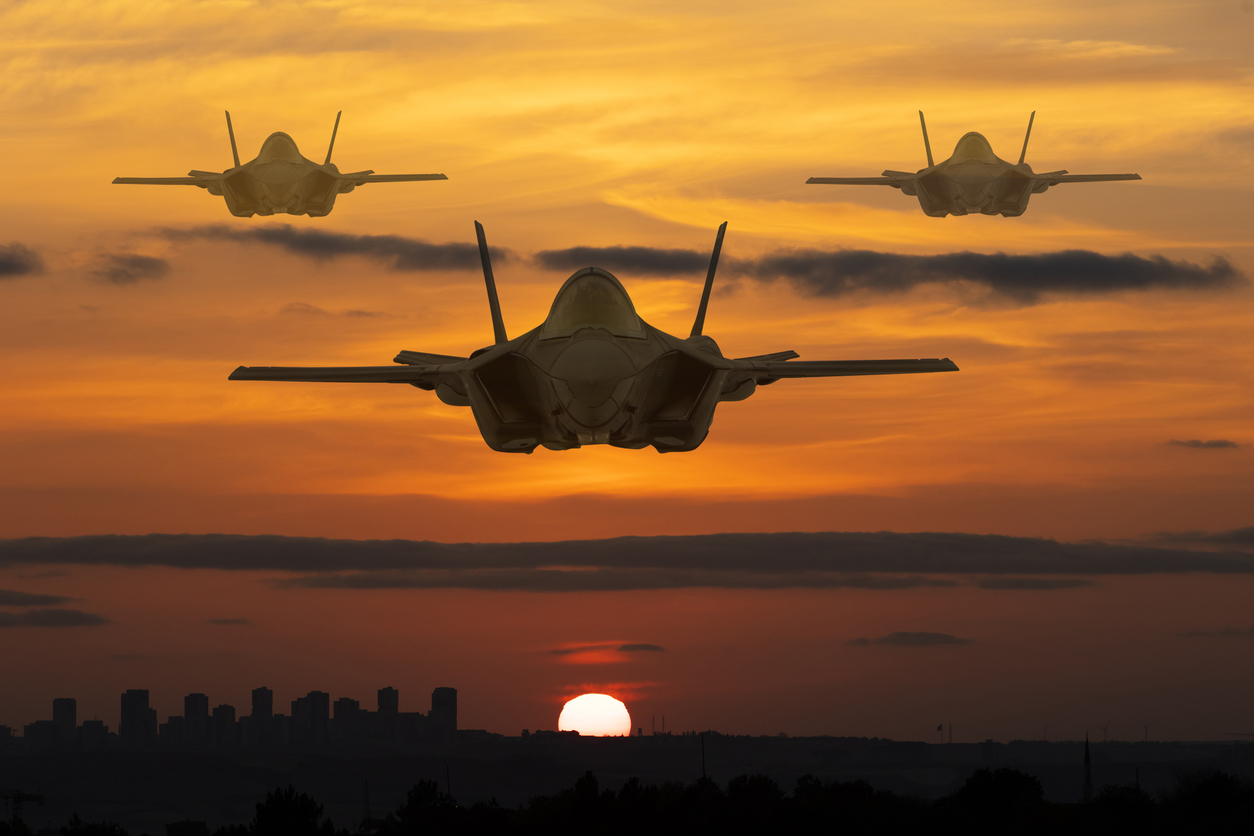






POST COMMENTS (1)
Krishan Chauhan